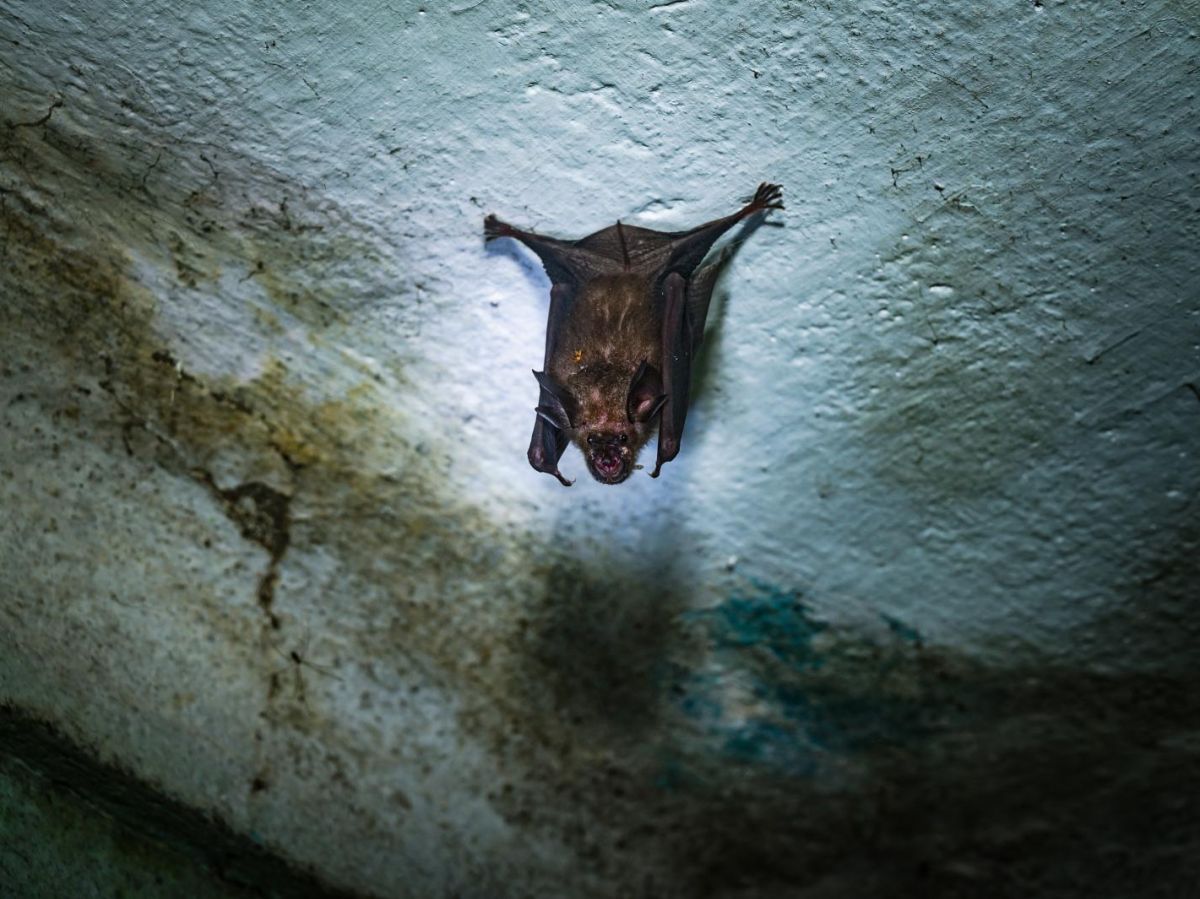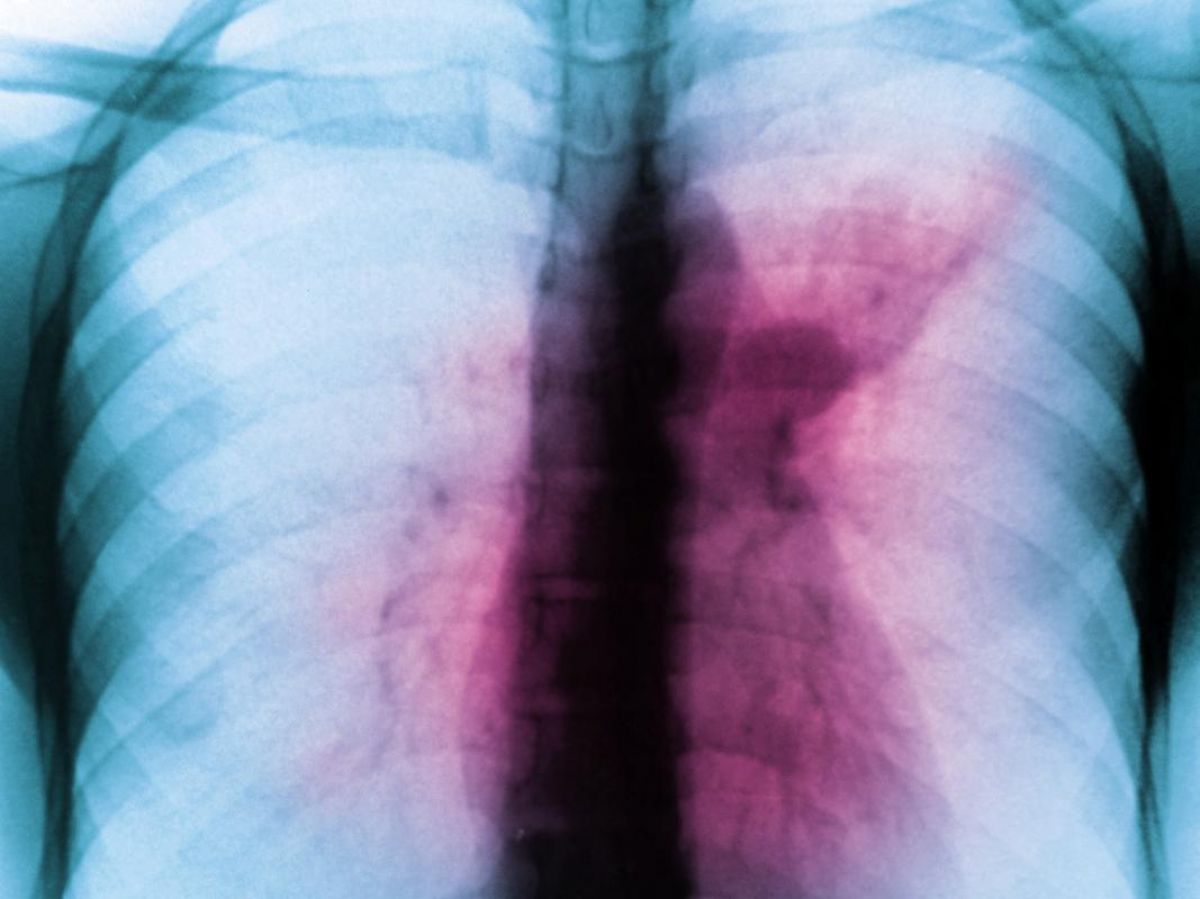In the darkness of a Dien Bien cave in Vietnam, near China's southern border, a bat fails to avoid a curtain of wires stretched over a frame. Entangled, it slides to the bottom of a bag. The gloved hand that retrieves it belongs to Alexandre Hassanin, a phylogeneticist (the study of relationships between species) and mammal specialist at Sorbonne University. He takes feces and performs a biopsy of the animal's wing before releasing it. The bat turns out to be carrying a coronavirus extremely similar to the Covid-19 virus (SARS-CoV-2) in the Spike protein, which serves as its key to entering human cells. Since the Covid-19 pandemic, it has been impossible for foreign scientists to study bats in Yunnan, in the far south of China, where experts agree on the location of the ancestor of SARS-CoV-2, which devastated the world. The bat is the reservoir of the ancestor(s) of SARS-CoV-2, there is no doubt", says Alexandre Hassanin.
In the case of the origins of Covid-19, where certainties are rare, the mystery begins at the exit of the cave. How did the virus reach Wuhan, 1,500 kilometers away? More and more evidence points to an accidental escape from the laboratory of the Wuhan Institute of Virology (WIV), world-renowned for its expertise in coronaviruses. But the hypothesis of zoonotic emergence (transmission from animals to humans) is far from being ruled out. Unfortunately, five years after the start of the epidemic, the trail has had time to cool, and the chances of finding indisputable evidence of a zoonosis are very slim.
The pangolin, an ideal but rejected intermediate host
In Wuhan city, symptoms of the first 174 cases begin from December 2019 until triggering the World Health Organization's alert on December 30. Among them, 96 (55,4%) had been exposed to a market, half of them at the Huanan market where live wild animals were illegally sold. Experts around the world immediately made the connection: a coronavirus linked to a place where humans and wild animals rub shoulders can only indicate a zoonosis - an epidemic transmitted by animals. This is the first reflex, which refers to the natural history of similar emerging diseases such as SARS in 2003, transmitted by civet cats, and MERS in 2011, transmitted by camels.", explains Marc Eloit, director of the "Discovery of Pathogens" laboratory at the Pasteur Institute.
But here's the thing: whereas a few months were enough to identify the two species at the origin of these ancient epidemics, five years later, nothing has been found for Covid-19. The pangolin was an ideal host because it lives in close proximity to bats, nesting with them in hollow trees, and could have been imported into China through trafficking.", explains Alexandre Hassanin. But the RNA sequence of the Covid-19 virus, composed of some 30,000 bases – the building blocks that make up the genetic material – does not lie. Pangolins and bats have different base compositions; it's a kind of signature. However, the first Covid-19 viruses had a composition typical of bats, which means they did not pass through the pangolin.", reveals the phylogeneticist.
Virus samples found at market point to other animals
The new suspects are the raccoon-like South Asian canid, the civet previously implicated in the SARS-CoV-1 outbreak, and the bamboo rat. We know that they were present at the Huanan market until the pandemic. The stalls (from the Huanan market, editor's note) housing these animals were positive for both the animals and the virus itself", explains to Science and Future Evolutionary biologist Kristian Andersen, who advocates the theory that Covid-19 emerged through zoonosis, said: "But this co-location of the virus's genetic material and animals does not mean that they were infected, especially since infected people were already circulating at the time of the samples being taken in January 2020. Scientists estimate that the virus would have emerged no later than November 2019." “ SARS-CoV-2 has never been found in animals other than through human contamination, which strongly disfavors the possibility of a zoonosis.", summarizes epidemiologist Renaud Piarroux, head of department at the Pitié Salpêtrière hospital (AP-HP) and author of the book Sapiens and Microbes – Epidemics of the Past (CNRS editions).
No evidence of zoonosis discovered five years later
Since the absence of evidence is not proof of absence, the hypothesis of emergence through zoonosis remains on the table. But years later, there is little chance that formal evidence will emerge in its favor. At this point, unfortunately, I don't think there is any data to confirm the zoonotic origin.", Kristian Andersen already admitted to the American Congress in June 2023, considering despite everything that the available data all pointed towards this thesis. In addition to the absence of a proven intermediate host, in five years no precursor virus (direct ancestor) of SARS-CoV-2 has been identified. Only close cousins have been revealed, such as RaTG13, identified in 2013 in mine shafts in Yunnan province, following contamination without an epidemic outbreak of Chinese miners working in contact with bats. It is now too late. " (Even if a precursor virus) were discovered, people would probably claim that the animal was infected by humans or that it was actually the virus that is at the Wuhan Institute of Virology“, notes Kristian Andersen.
Yet it is not for lack of trying, if we are to believe the Chinese government. According to the white paper published on April 30, 2025, " systematic testing of more than 80,000 samples taken from bats, pangolins, wild birds, wild boars, raccoon dogs and other wild animals", as well as on " livestock and poultry » have already been carried out in China between 2017 and 2021. The analyses detected no signs of SARS-CoV-2 circulation in these animal populations.. »
The search for viruses close to SARS-CoV-2 in Wuhan and its surrounding areas has also come up empty-handed. This is the argument that makes me most doubt the zoonotic hypothesis.", sighs Etienne Decroly, research director at the CNRS and author of Virology Experiments – Benefits and Risks (Quæ Editions). “ This epidemic appears in a hypermodern city with three virology research centers specializing in coronaviruses with all the necessary capabilities to trace the origins of epidemics, and five years later there is no trace of results.. » For comparison, in the case of the SARS-CoV-1 (2003) and MERS (2012) epidemics, a few months were enough to identify the civet and the camel respectively.
A virus immediately effective in humans
“ With MERS, we regularly see small epidemics in camel farms that contaminate the people who work there.", points out Etienne Decroly. There is no trace of this kind of animal resurgence in Covid-19, either before or after the pandemic, which seems to disqualify the hypothesis of a zoonosis by a farm animal. Could a wild animal from illegal trafficking be suitable? A reservoir linked to wild animals and not farm animals, however, raises the question of the stability of this reservoir, theoretically necessary for the Covid-19 virus to circulate quietly for long enough to acquire its astonishing capacity for transmission when it passes into humans.
“ In SARS-CoV-2, there is no trace of the first attempts of the virus to cross the species barrier, these first human infections which do not generate or generate few secondary infections or epidemic outbreaks, and that is very unusual.", notes Etienne Decroly. The Covid-19 virus thus directly showed an R0 – the number of people that a sick person can contaminate – above 2 to 3.8, where previous viral emergences first went through an R0 a little below then above 1, the threshold beyond which it can become epidemic. If the virus was optimized in the laboratory, on the other hand, this absence of an explosion of contaminations after crossing the species barrier is explained, since it would have been directly designed pre-adapted. " But Covid-19 causes many asymptomatic cases and it is possible that we simply missed the start of the epidemic.", qualifies Etienne Decroly.
A potentially extinct animal reservoir
If there was an animal reservoir, even the proponents of zoonotic emergence now say that it is possible that it has since disappeared. " THE SARS-CoV-2 could have originated through the recombination of two or three other viruses within a bat, been transmitted to another species or to humans, and then disappeared from its initial host, having failed to adapt.“, says Jean-Claude Manuguerra, virologist at the Pasteur Institute and co-president of SAGO (World Health Organization investigation committee into the origins of Covid-19), in The Express. At this point in the story, " To find the direct ancestor(s), you would need to be able to go back in time and know where to look.", summarizes Alexandre Hassanin. " The ideal would be to find a genome very close to SARS-CoV-2 in all regions of the genome, but five years later we will find only one descendant of the direct ancestors. »

